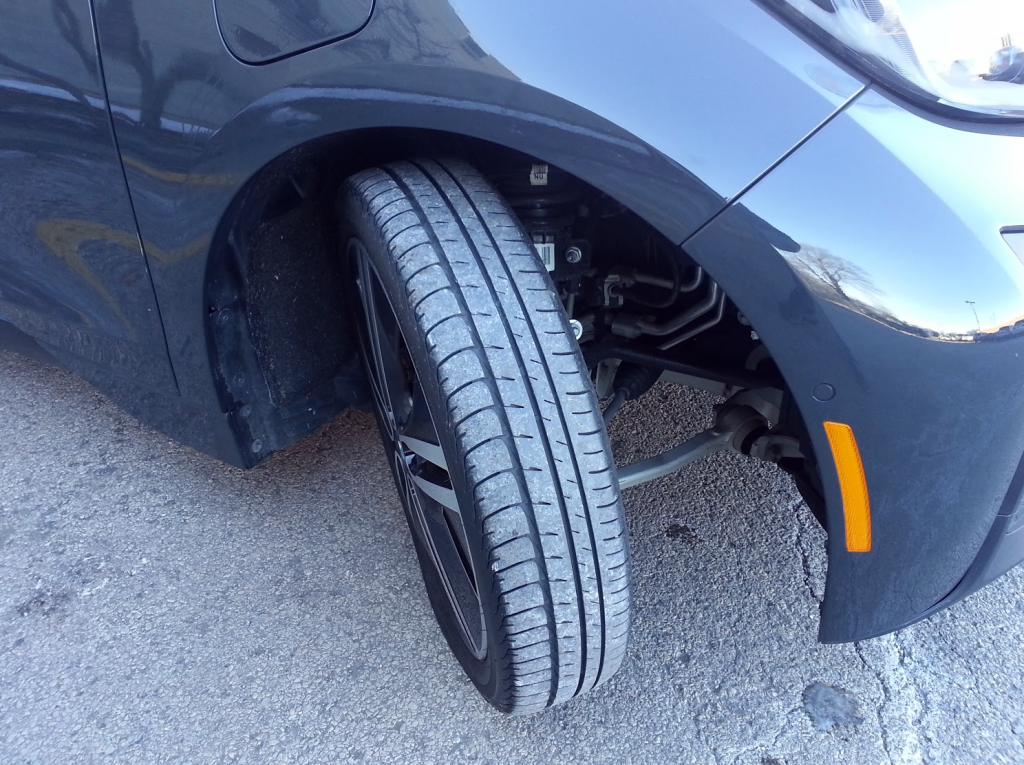My understanding:
Narrower tires are more aerodynamic, which has a larger benefit than you'd think. Most highly economical cars use narrow tires.
Taller tires have lower rolling resistance, because there's less deflection.
In bicycles at least (and likely cars too) a wider tire has lower rolling resistance with the same pressure, because they can bear a higher load and thus there's less deflection. Or, in other words, it takes less pressure to have the same rolling resistance with a wider (or larger) tire. Wider tires are heavier though, and less aerodynamic. Although a wider tire can have lower rolling resistance, car companies making "economy supercars" use narrow and tall tires.
Weight in a wheel should have little to no impact on highway economy. They will hold more intertia - resist accelerating more, and resist slowing down more. At steady speed we don't much care about this, instead you want an aerodynamic wheel with a LRR compound.
In stop and go driving this isn't good, you want a lighter wheel because you lose more energy with heavier tires every time you have to brake, and it takes more energy to get up to the same speed.
Smaller rims should be a net win. You move the metal closer to the center of rotation, which reduces inertia, even if the weight is the same. However, be mindful that in smaller rim sizes you may not have as much tire choice. Good LRR tires help tremendously and are often worth more than a lighter and narrower tire.
Make sure if you get smaller rims that they fit over your brakes.
EDIT: BMW i3 tires: 175/55r20 - tall, narrow, use LRR compounds
